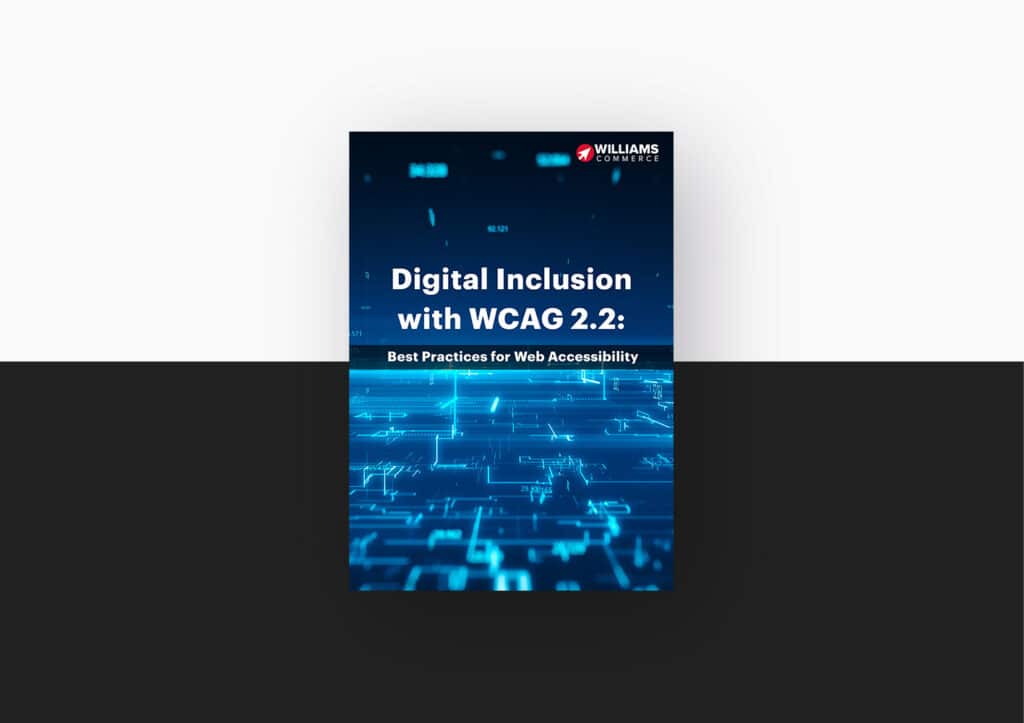Big burly security guards may be enough to put off potential thieves and shoplifters at your local shopping centre. But in the world of ecommerce, a different approach is required.
Online security needs to be a top priority for ecommerce retailers. Any failure or blip, and the reputation of your brand will quickly diminish.
Think of it this way – shoppers have to trust your brand and your security levels if they’re going to commit to submitting the personal details necessary to buy your products. Any ounce of doubt will render the chances of this happening far less likely.
Ecommerce stores must put security at the top of their list of priorities in order to succeed online.
But what threats are out there? And how can you alleviate threat and risk as an ecommerce store? We pick out some things to consider.
What threats are out there?
1 – Fraudulent activity
Digital retailers have long been a target for fraudsters. A typical approach is for a fraudster to make unauthorised transactions before removing the trail of that transaction. Another tactic is fake return or refund requests.
2 – Spam and Phishing
It can sometimes be tough to differentiate the wheat from the chaff in your email inbox. Spam emails are a popular tactic of online fraudsters, who are also more than happy to target contact forms, review boxes and blogs on your site. They often leave links to sites that can cause you online damage.
Phishing is slightly more sophisticated but equally harmful. This is where somebody pretends to be a legitimate business or party in order to acquire sensitive data.


3 – Trojan Horses
You’ve probably heard the original story of the Trojan Horse, but the modern digital security equivalent is the name given to malware that looks like legitimate software. This can then be used to access information within a company’s system.
4 – Brute Force
This approach is a bit like banging on a door until it falls down. Brute force attacks see automated software deployed to create guesses at things like logins and encrypted data.
All of these and many more tactics are used by malevolent online fraudsters targeting ecommerce businesses of various sizes.
What can be done?
1 – Move your site to HTTPS protocol
Websites have protocols that enable communication across systems. You’ll see a site’s specific protocol the beginning of a URL while browsing the internet.
The vast majority of early websites used a protocol called HTTP. Sites with HTTP protocol move data that is not encrypted, which raises a big security issue. In fact, sites that are on the HTTP protocol are now marked as ‘not secure’ by Google Chrome.
A better option is HTTPS. This protocol uses SSL – or secure sockets layer certificate. The data being moved around is encrypted, meaning less chance of it being tampered with.
2 – Payment Gateway Security
The payment gateway is where transactions on your online store are completed. It’s also a high risk area from your site from a security point of view, as important personal information is entered here.
As an ecommerce retailer, securing your payment gateway is vital. This sees all data securely transferred for the processing phase. The more secure that transfer is, the less chance a hacker has of accessing the data they seek. Ways to do this include end-to-end encryption, tokenisation, and adherence to the Payment Card Industry Data Security Standard.


3 – Anti-Virus and Anti-Malware Software
There is a host of dedicated antivirus and antimalware software providers out there with all manner of options designed to tackle the threat of hackers, spammers, phishers and the rest.
4 – Make sure access and admin is right
Ensuring the right people and only the right people are able to access the necessary parts of your site is an important security step.
Using a security scan tool and implementing 2 factor authentication for admin access are positive steps, as is setting the lifetime of your passwords to 90 days or less. That means you can regularly update those all important passwords to prevent any unwanted access.
Also be sure to conduct regular checks around who has admin access, scanning your website and ensuring that all permissions are set according to the permission guidance of your ecommerce platform.
5 – Pick a solid ecommerce platform (and look at ecommerce security plugins)
A lot will depend on the ecommerce platform you opt for and the security capabilities of this. Major players like Magento, Shopify and BigCommerce have all invested millions in creating platforms that keep merchants and shoppers secure when transacting online.
These ecommerce players are regularly adding patches and working to enhance the security around their offering.
There’s also a myriad of ecommerce security plugins out there that can be used to enhance specific areas of your business and enable the kind of security levels you seek.
At Williams Commerce, we work closely with these ecommerce platform providers to stay ahead of the game from a security standpoint and help our customers keep their ecommerce website secure.



